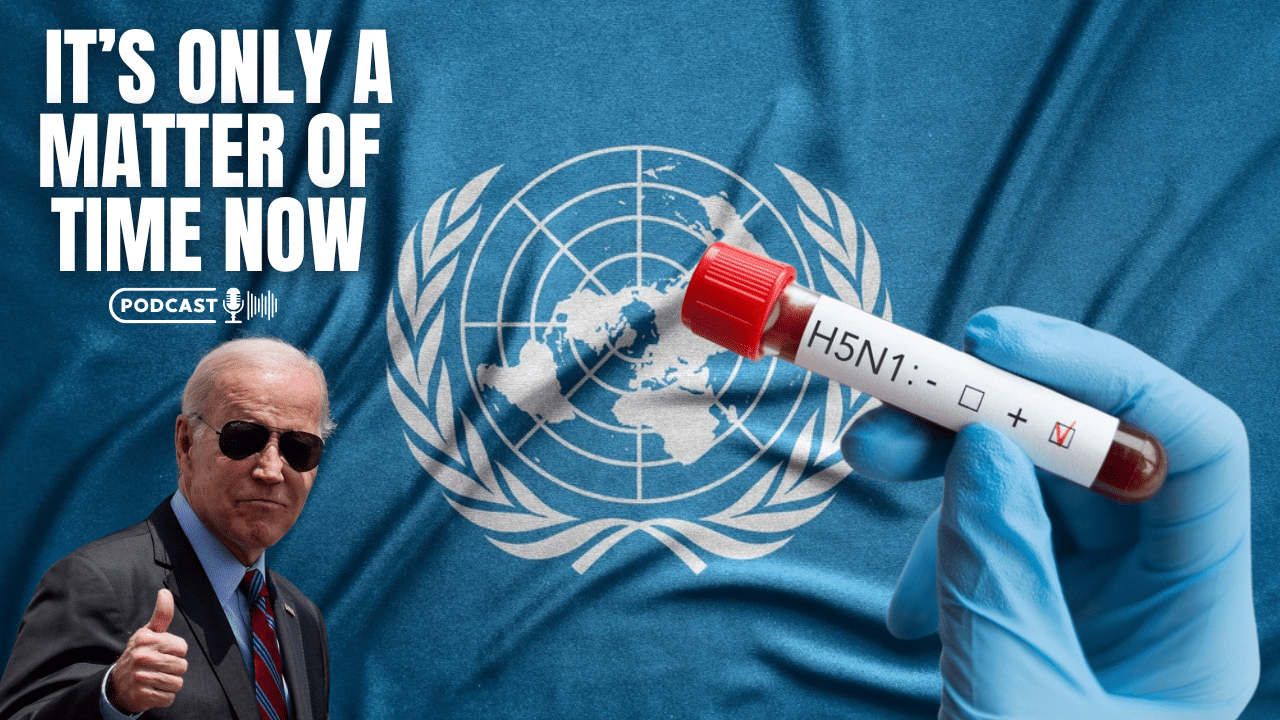(OPINION) Americans, who had been diligently saving following the pandemic, are now grappling with a deep decline in their savings this year, raising concerns among economists about how a drastic reduction in consumer spending will affect retailers and the economy at large.
During the height of the COVID-19 crisis, when the nation endured widespread lockdowns and the economy came to a grinding halt, personal savings among Americans flourished.
The Federal Reserve reported that individuals were saving up to 30 percent of their monthly income, resulting in a staggering $2.3 trillion in excess savings between 2020 and 2021.
Fast forward three years and the savings rate among American households is in deep decline as Americans have burned through a staggering $1.76 trillion from their accounts since 2020.
In February, the U.S. personal savings rate plummeted to an estimated 4.6 percent, significantly below the long-term average of 8.9 percent, as reported by the Bureau of Economic Analysis.
Economists are concerned that the collapse in household savings could lead to a slowdown in spending and potentially trigger a recession. Consumer spending, which currently accounts for approximately 70 percent of the U.S. GDP, plays a vital role in driving the country’s economic growth.
Retailers in particular are concerned that the consumer slowdown in spending will just be hitting as they rely on back-to-school sales and later the all-important Christmas season.
Retail in general is vulnerable to the shifts in buying behavior as the younger and lower-income households most affected by the student loan policy are hit anew with their loan balances. But apparel and home goods are poised to be hit hardest, according to GlobalData research.
Households are likely to make do with some existing school supplies, including electronics, rather than upgrading them this year, according to Mike Graziano, consumer products senior analyst at RSM U.S.
Given the likely timing of payments resuming, families planning for the back-to-school season will need to rethink shopping plans. It will also likely further push consumers to look towards discounts or shopping opportunities with lower-cost providers.
Liz Young, the head of investment strategy at online bank SoFiYoung, expressed her concerns in a recent article, stating, “My intuition and common sense says there’s not a bottomless pit of savings to support this level of spending, and there’s not a bottomless pit of wage growth to keep it elevated enough to drive GDP indefinitely. Time will tell, but I still believe something’s gotta give.”
Economist Shannon Seery from Wells Fargo explained to Newsweek, “U.S. consumers are saving their income at a lower rate than they were pre-pandemic. This is allowing them to spend more in the near-term, but likely comes at the expense of future growth.”
Seery added that by saving less today, households have been able to sustain elevated spending rates, which has helped ward off a recession thus far.
However, this reduced savings rate leaves American households more vulnerable to economic shocks and could potentially worsen their financial position during an eventual economic contraction.
The mounting economic pressure on Americans extends beyond inflation. Policies such as the suspension of student loan repayments are coming to an end, with the Supreme Court recently striking down President Joe Biden’s plan to forgive debt for millions of borrowers. Student loan interest will resume on September 1, 2023, and borrowers will need to start repaying their debts in October.
The strain on Americans’ wallets is also evident as credit card spending increases. Melissa Lambarena, a credit cards expert at NerdWallet, noted that “American consumers have been actively using their credit cards to navigate costs associated with inflation.” She added, “Rising prices have led some consumers to rely on their credit cards to make ends meet.
We’re now at a point where credit card debt is at an all-time high, and the elevated cost of interest rates has only added to their debt burden.” (READ MORE)
















